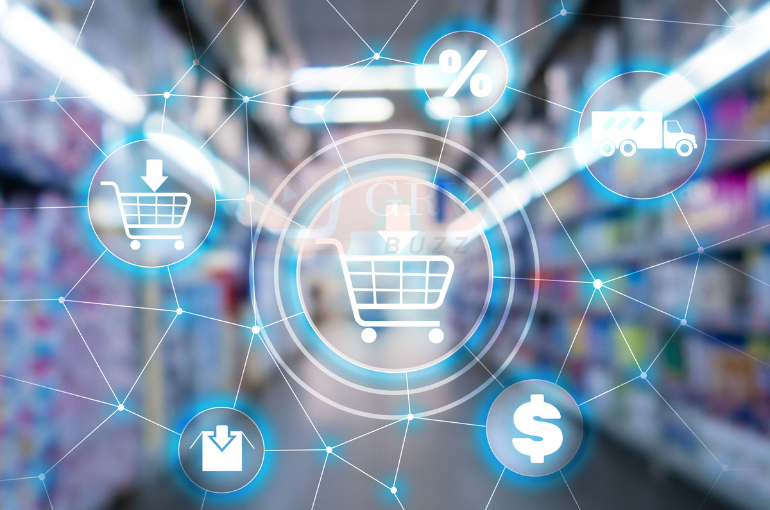The e-commerce industry is experiencing rapid growth, driven by digital transformation, changing consumer behavior, and advancements in technology. Here’s an overview of its current landscape:
Booming Online Shopping
- Global e-commerce sales are expected to reach $8.1 trillion by 2026 (Statista).
- More consumers prefer online shopping due to convenience, competitive pricing, and a wider range of products.
Rise of Mobile Commerce (M-Commerce)
- Smartphones contribute to a majority of e-commerce traffic, making mobile-friendly websites and apps essential.
- Progressive Web Apps (PWAs) and one-click checkout solutions enhance the mobile shopping experience.
AI & Personalization
- AI-driven recommendations, chatbots, and voice search improve customer engagement and conversion rates.
- Personalization helps increase customer retention through tailored shopping experiences.
Social Commerce & Influencer Marketing
- Platforms like Instagram, TikTok, and Facebook Shops allow businesses to sell directly via social media.
- Influencers and user-generated content drive engagement and trust in brands.
Subscription-Based & DTC Models
- More brands are adopting Direct-to-Consumer (DTC) and subscription-based e-commerce models for predictable revenue.
- Examples: Netflix (subscriptions).
Sustainability & Ethical Shopping
- Consumers are prioritizing eco-friendly and sustainable products.
- Green packaging, carbon-neutral deliveries, and ethical sourcing are becoming key factors in purchasing decisions.
Omnichannel Shopping Experience
- Click-and-collect (BOPIS – Buy Online, Pick Up In-Store) is growing in popularity.
- Customers expect seamless integration between online and offline stores.
High Competition
- Big players like Amazon and Walmart dominate, making it harder for small businesses to compete.
Logistics & Supply Chain Issues
- Fast delivery expectations put pressure on businesses to optimize shipping and warehousing.
Cybersecurity & Fraud Risks
- Data breaches and payment fraud are rising concerns for online retailers.
Customer Retention
- High cart abandonment rates require better user experience, retargeting strategies, and loyalty programs.
Metaverse Shopping: Virtual stores and immersive shopping experiences will gain traction.
Cryptocurrency Payments: More retailers may accept Bitcoin, Ethereum, and stablecoins.
AI-Powered Automation: From chatbots to warehouse robotics, AI will continue to enhance efficiency.
Augmented Reality (AR): Virtual try-ons for fashion, beauty, and furniture will become mainstream.
The e-commerce industry is expanding rapidly, with trends like AI, mobile commerce, and sustainability shaping its future. However, businesses need to adapt to technological advancements and customer expectations to stay ahead.
